Play therapist

KSBs
Knowledge
K1: What is required of a play therapist by the Professional Standards Authority (PSA), government and professional bodies Back to Duty
K2: The importance of play and attachment theory in child and adolescent development and its role in play therapy Back to Duty
K3: What is required to be fit for play therapy practice taking into consideration physical and mental health and social factors Back to Duty
K4: How to manage the equipment used in play therapy practice to ensure that it meets the needs of the children irrespective of their physical developmental needs Back to Duty
K5: Psychopharmacology for working with children receiving play therapy Back to Duty
K6: Requirements to manage a playroom/ play space for therapeutic uses Back to Duty
K7: The workings of and the relevant components of children’s brains, and how the mind is created and changed Back to Duty
K8: The Integrative Holistic model of Play Therapy for children who have mental health and emotional well-being issues not exclusive to trauma, loss, neglect, abuse, anxiety, relationship issues Back to Duty
K9: How to use a wide range of therapeutic activities including creative arts media for play therapy purposes Back to Duty
K10: Indirect and direct play therapy modalities, as appropriate with individual and with groups of children to build positive relationship with the child Back to Duty
K11: Effective and efficient referral procedures for play therapy Back to Duty
K12: Research relating to the efficacy, effectiveness and efficiency of children’s mental health and emotional well-being of play therapy interventions Back to Duty
K13: Physical safety risks and how to mitigate them in play therapy practice Back to Duty
K14: How to respond therapeutically to a client when the client plays and moves within the 4 quadrants of the Play Therapy Dimensions Model Back to Duty
K15: What is required to work ethically with clients Back to Duty
K16: The importance of therapeutic boundaries within clinical working Back to Duty
K17: How attachment and child development theories are related to play therapy practice Back to Duty
K18: How to record, process and store sensitive data in-line with GDPR Back to Duty
K19: Effective reporting with stakeholders, parents and professionals identifying the on-going needs of the child. Back to Duty
Skills
S1: Apply in practice play in child development with children and early adolescents Back to Duty
S2: Identify, acquire and manage the safe use of materials and equipment for use in the playroom for therapeutic purposes these are: paper, art materials, clay, sand, sand trays with symbols, musical instruments, puppets, dressing-up clothes, water, movements items, this is an example of the minimum therapeutic media required which would be adapted to meet the physical needs of the children Back to Duty
S3: Recognise personal issues that arise as a result of sessions with children, clinical supervision and training; takes actions such as personal therapy or CPD to deal with these Back to Duty
S4: Apply neurobiology to work with children in observation, assessment, during sessions and reporting upon clinical outcomes Back to Duty
S5: Manages the consultation process through interview and discussion skills, adequate assessment of client needs, obtaining consent, agreeing a therapy contract including therapeutic objectives or making a referral to another professional concerned with children’s well-being if the case is outside their competence or resources Back to Duty
S6: Make clinical assessments using psychometric tools such as the Strengths and Difficulties Questionnaire (SDQ) Back to Duty
S7: Applies a theoretical framework to play therapy practice including child development and attachment theory Back to Duty
S8: Use the Integrative Holistic Model of Play Therpay: therapeutic stories, clay, role play, drawing and painting, puppets, games, sand-play, music, movement, creative visualisations, masks, dressing up, blocks/lego, water, messy play, relaxation Back to Duty
S9: Decide and practice when to work indirectly or directly, and with unconscious or conscious processes using the Play Therapy Dimensions Model as a guide to session activities Back to Duty
S10: Plan and use play therapy for groups of children Back to Duty
S11: Establish, agree and enforce boundaries to keep the children safe Back to Duty
S12: Respond to different children’s behaviours such as aggressive/acting out or passive children in play therapy sessions Back to Duty
S13: Assess and deliver play therapy interventions with a variety of conditions on a spectrum of needs from low risk to high risk as measured by the SDQ and other factors Back to Duty
S14: Apply ethical principles to ensure personal safety within individual or group play therapy sessions. Back to Duty
S15: Manages the handling of sensitive clinical data in practice Back to Duty
S16: Ability to effectively communicate to stakeholders, parents and professionals identifying the on-going needs of the child Back to Duty
Behaviours
B1: Integrity and coherent in dealings with others Back to Duty
B2: Demonstrate at all times a personal commitment consistent in their approach Back to Duty
B3: Demonstrate empathy through communicating and understanding of another person’s experience from that person’s perspective (including the children’s) Back to Duty
B4: Resilient through having the capacity to work with parents’ and children’s concerns without being personally diminished Back to Duty
B5: Ability to make decisions in the best interest of the child when needing to refer to others Back to Duty
B6: Demonstrate how to apply appropriate criteria to inform decisions and actions regardless of personal views without discrimination Back to Duty
B7: Show compassion through kindness, consideration, dignity, empathy and respect Back to Duty
B8: Respect confidentiality of the child and parents, recognising the differences between a therapeutic role as compared to eg a teaching role Back to Duty

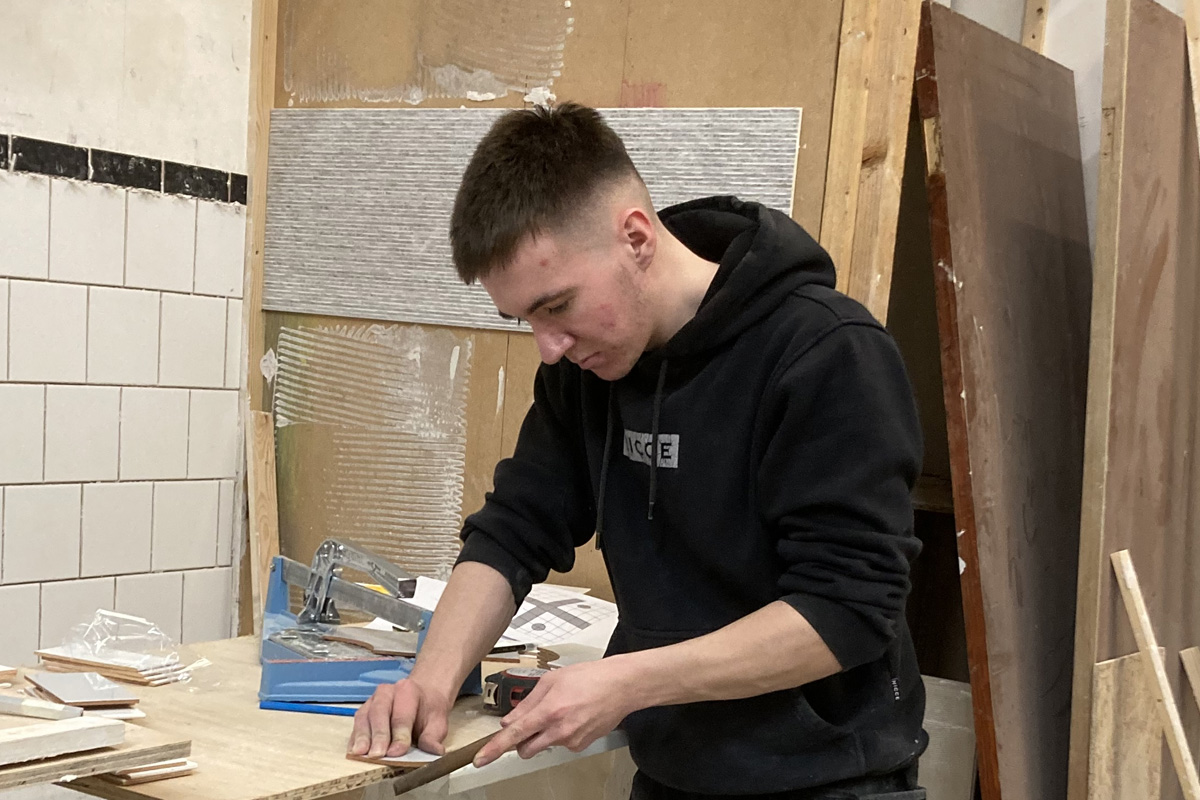

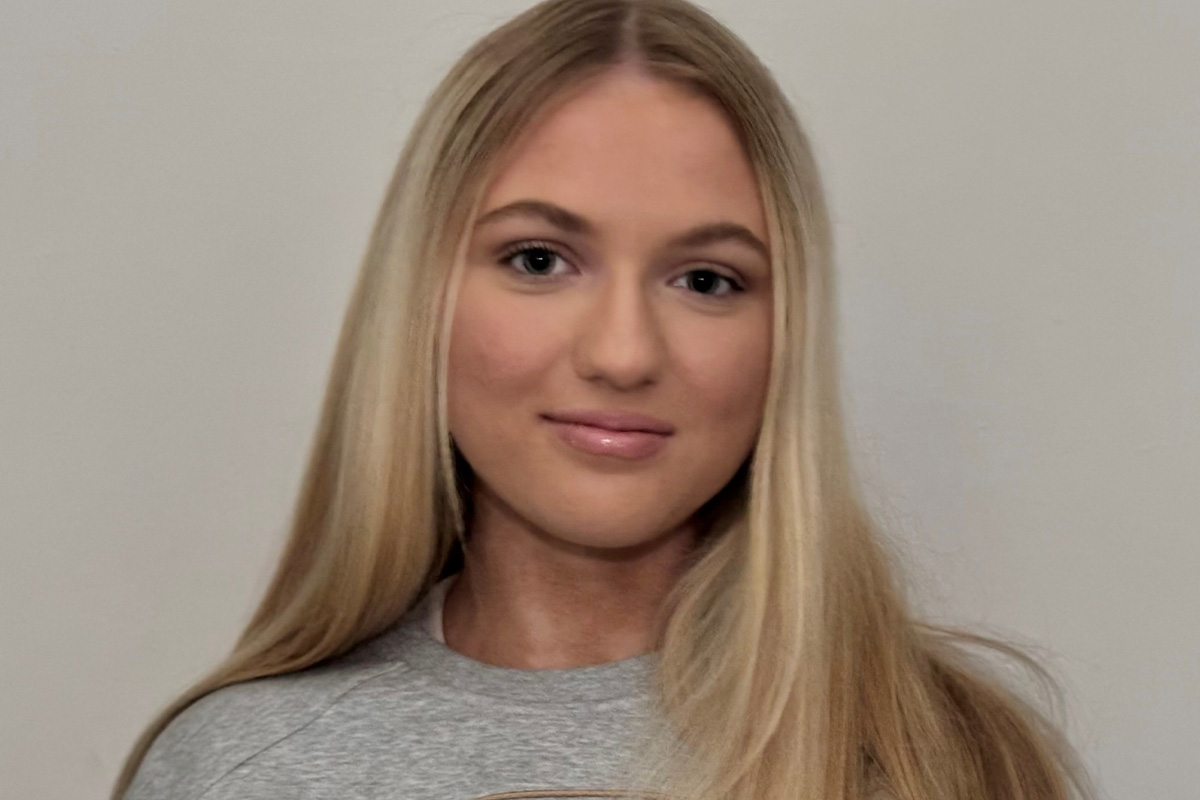

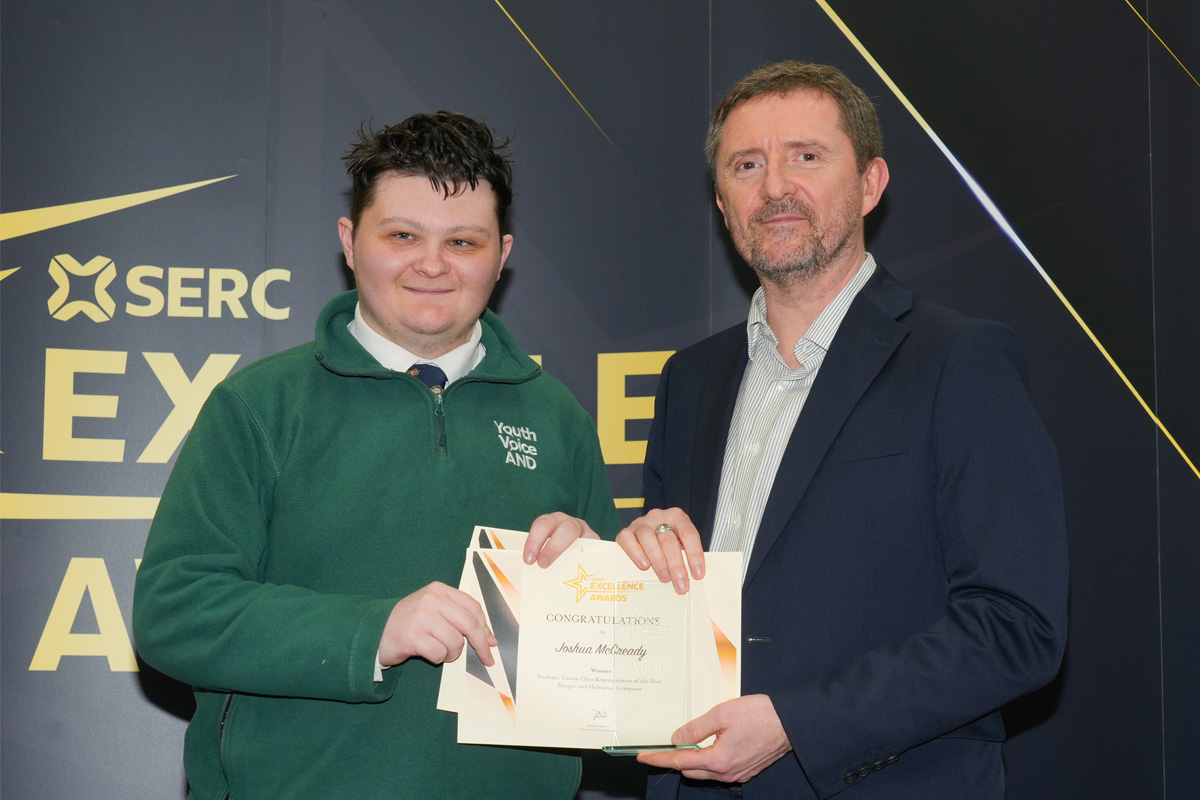

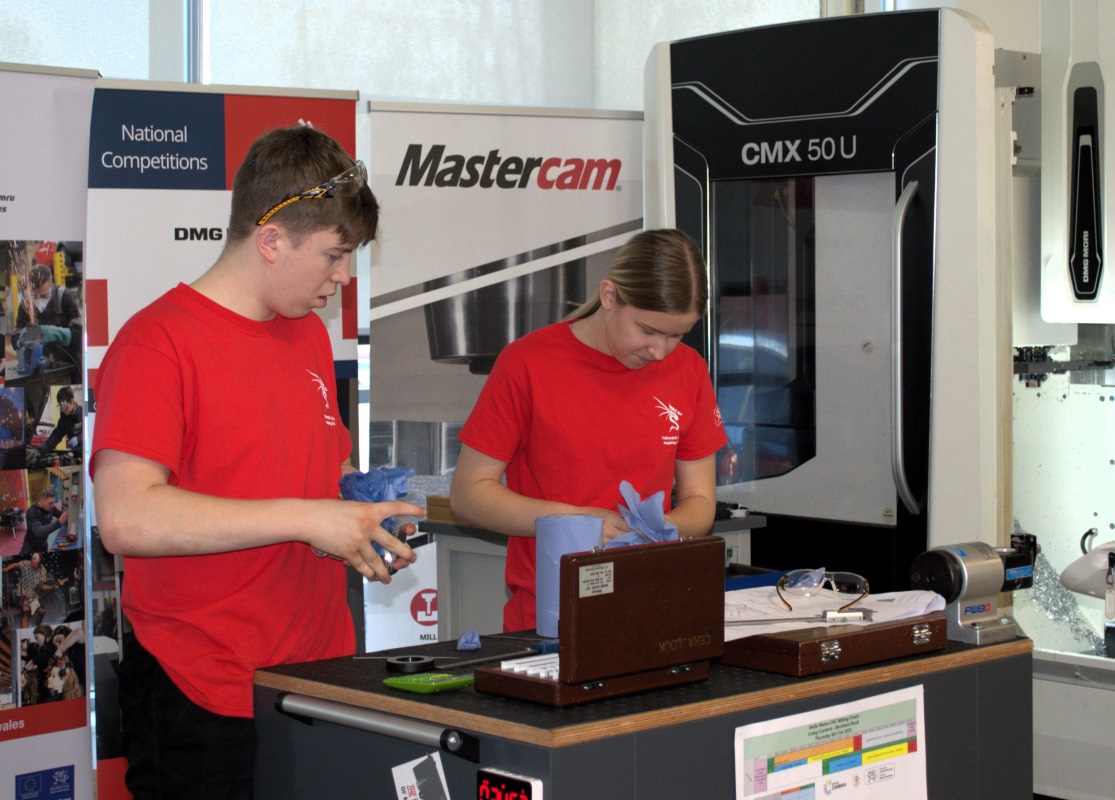
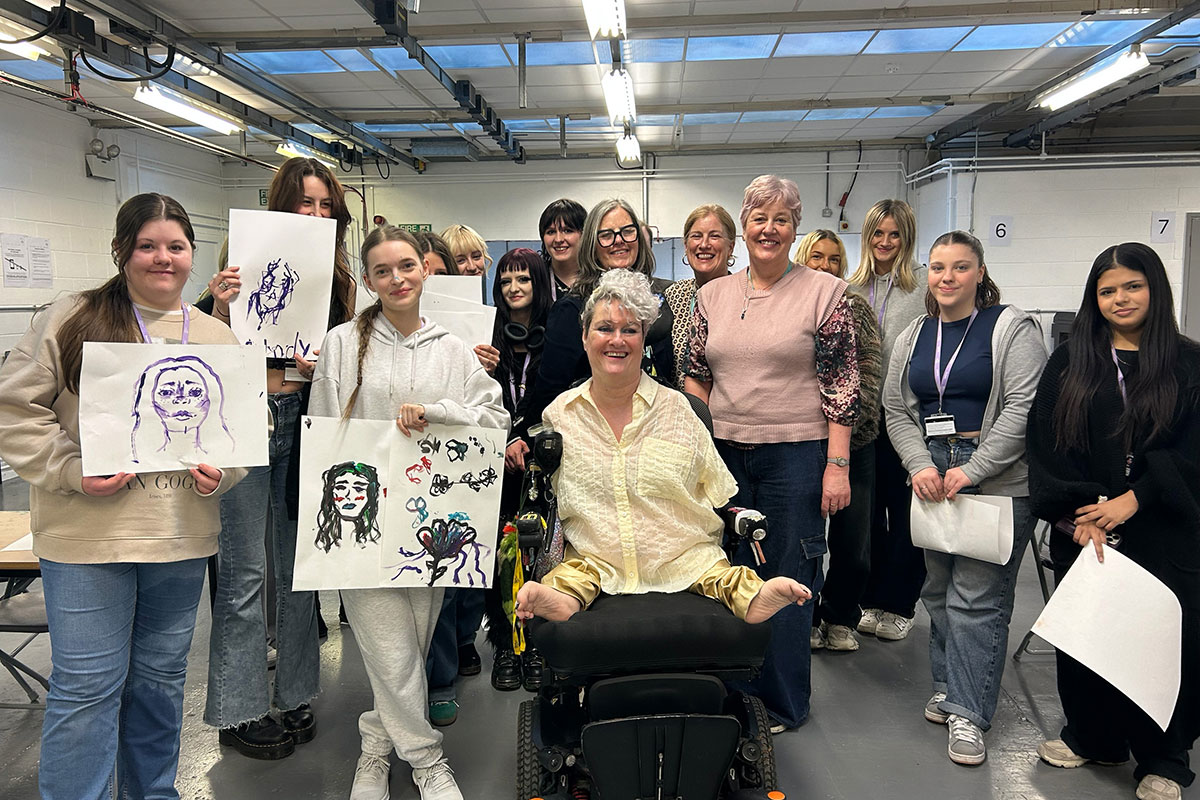


Responses